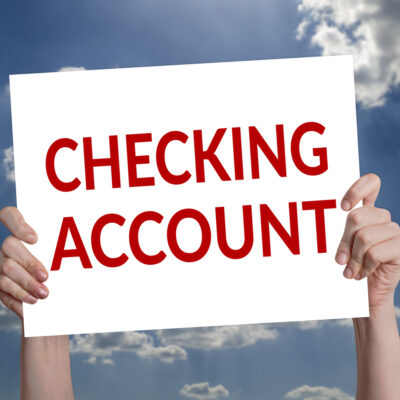
Lifestyle
5 ways to fix a bad credit score
Struggling with bad credit? It happens to the best of us. A few late payments are no big deal, but when they strike your credit, you need to take charge. So don’t wait around, get down to fixing what you can to increase your credit score. If you’re not sure how you can fix this directly, check out this article. There are small and creative ways in which you can fix a bad credit score, ways that you never even thought of! First, understand the variables you’re dealing with. Credit score is a three-digit number that measures how dependable someone is in terms of repaying borrowed money. It’s got five components: the mix of debit and credit that you use, your debt burden, payment history, the time duration of this history, and the number of inquiries into your credit. To improve your score, you have to change your credit practices. Cut down on your spending and ensure that you make regular payments. Here are some alternative ways of raising a bad credit score: 1. Additional income If you don’t want to cut down on your expenses, you can create a new source of income instead. You could do this by asking your employer for a raise, renting out a room in your house, selling items that you make out of your creativity, or even getting a second job.
Read More 















